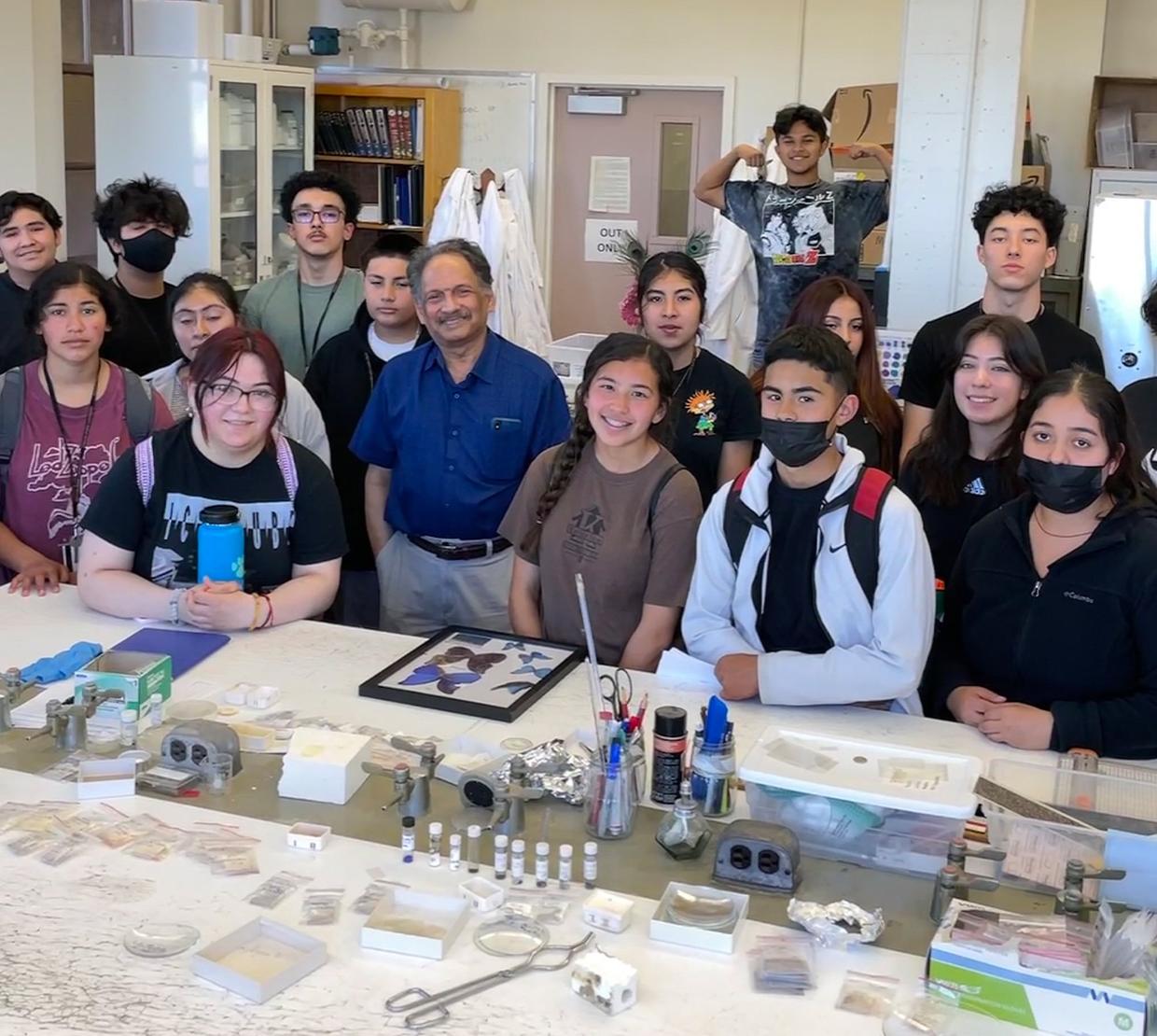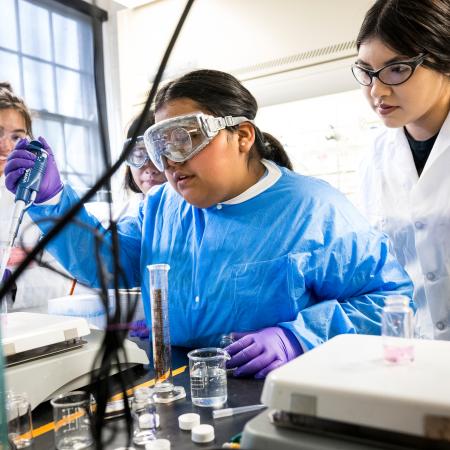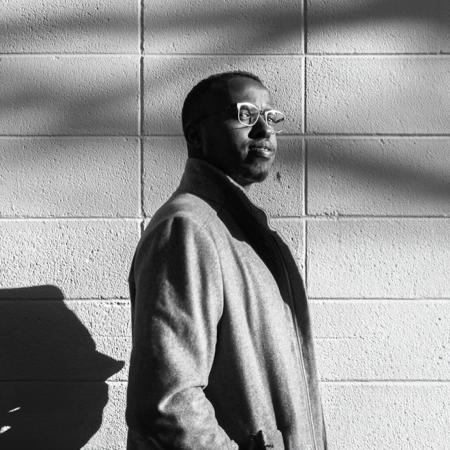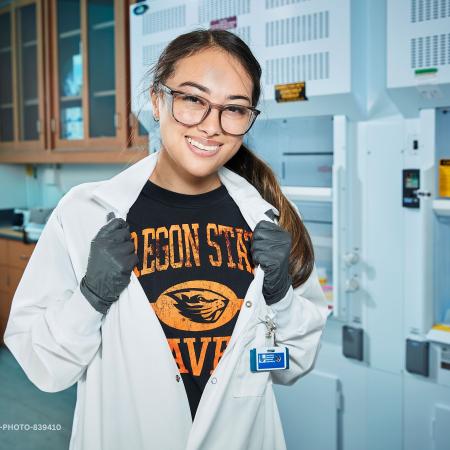On a sunny June afternoon, 20 high school students from across Oregon stood in a college chemistry laboratory watching a balloon. Their eyes widened as it began to shrink and turn into a wrinkled but rigid ball of rubber. No magic was involved — just liquid nitrogen.
The students were a part of the Juntos Chemistry Overnight Camp (JCOC), an annual event designed to introduce Latino high school students to STEM, particularly chemistry, while providing a sampling of college life at Oregon State University.
“Chemistry is a central science that impacts everyday lives. Everything that we eat, touch, see or hear, there is some chemistry involved,” said co-organizer Professor Chong Fang, a leading chemist in implementing femtosecond laser spectroscopy. “The high school students get an authentic taste of why we love the subject through the two-day JCOC event that is action-packed, engaging, informative and fun.”
The fifth annual camp brought students from seven different counties across Oregon, including Deschutes, Jefferson, Polk, Yamhill, Multnomah, Marion and Lincoln. This year’s camp was jointly funded by OSU Open Campus in addition to a National Science Foundation grant.
Campers stayed in Tebeau Hall, a residence building dedicated to the first African American male to earn a degree at Oregon State. After settling into their rooms and then heading to Linus Pauling Science Center (LPSC) auditorium, campers listened to Fang and Department of Chemistry Head Wei Kong, who shared their own experiences in STEM.
Throughout the two days, students participated in a sample introductory general chemistry lab investigating the colors of Gatorade corresponding to different flavors. They met University Distinguished Professor Mas Subramanian, the Oregon State chemist who discovered YInMn Blue, the first blue pigment in over two centuries, now a Crayola crayon called “Bluetiful”. Students also visited Fang’s ultrafast spectroscopy lab for molecular “movies” in LPSC and performed a second chemistry lab analyzing the “hardness” of drinking water. New this year, undergraduate researcher Citlali Nieves Lira in chemist Marilyn Mackiewicz’s research lab gave a presentation on “How to Pay for College” that was well received by the campers.
“This gives me more motivation to try harder in school,” one camper said.





